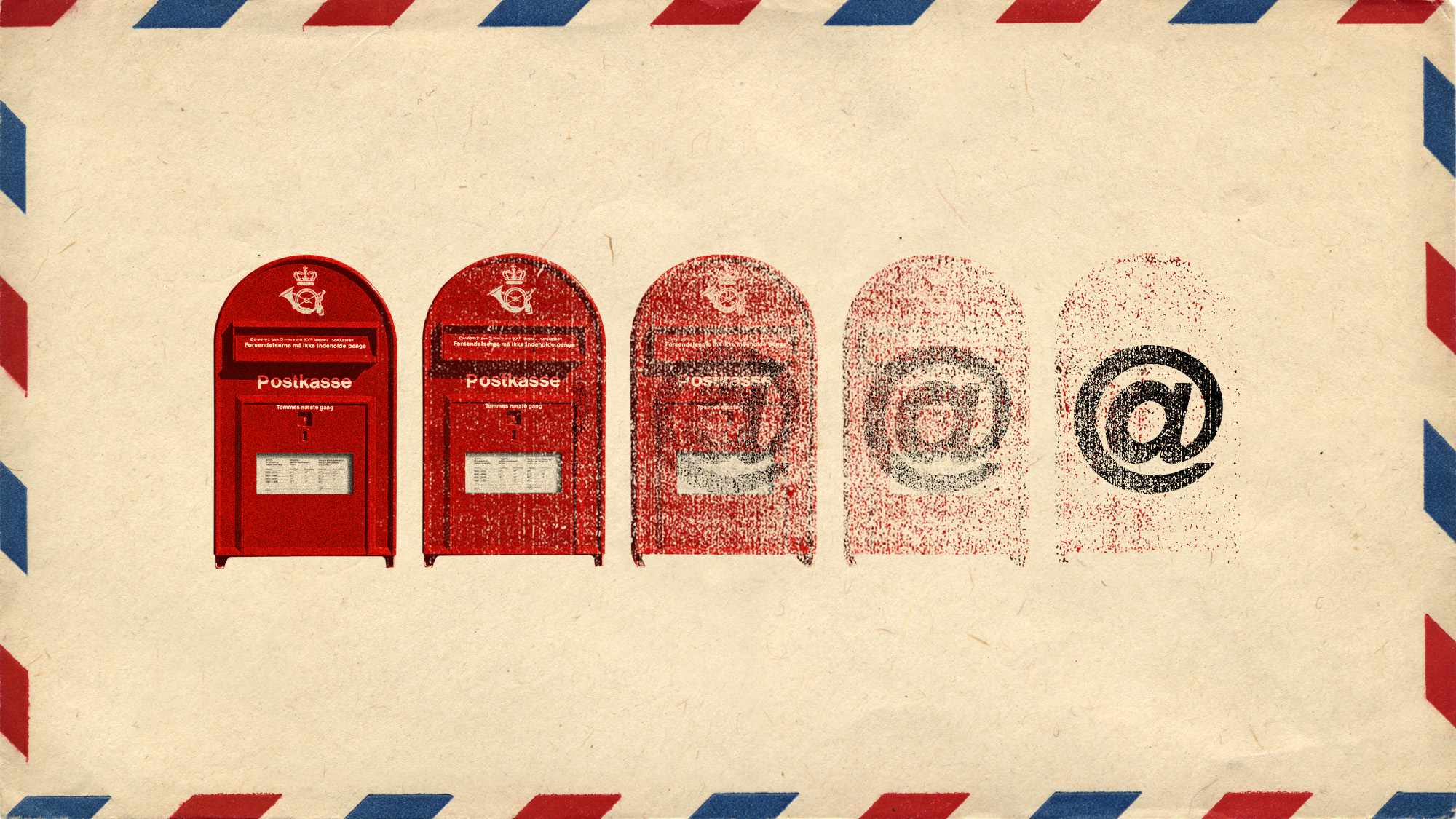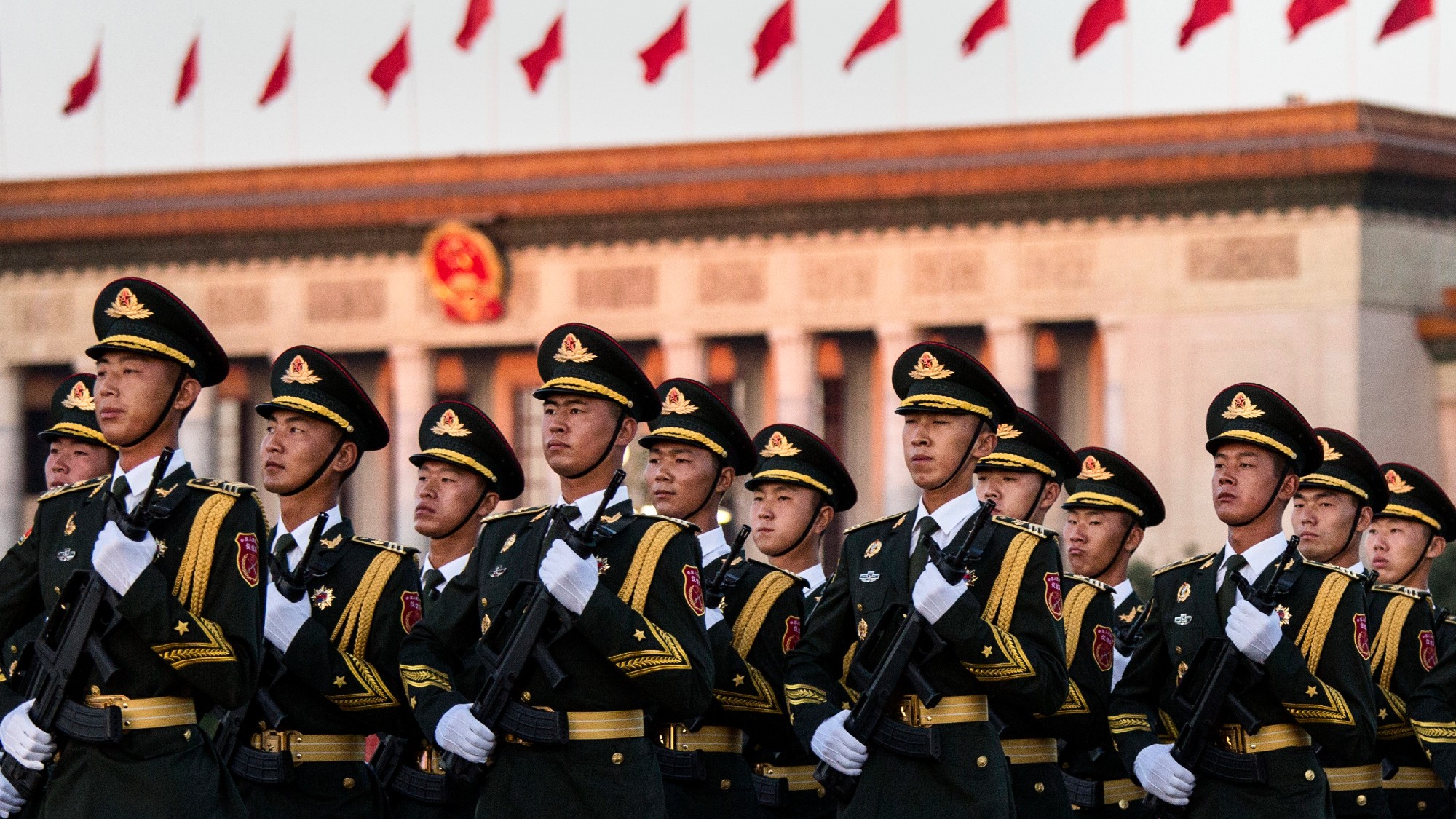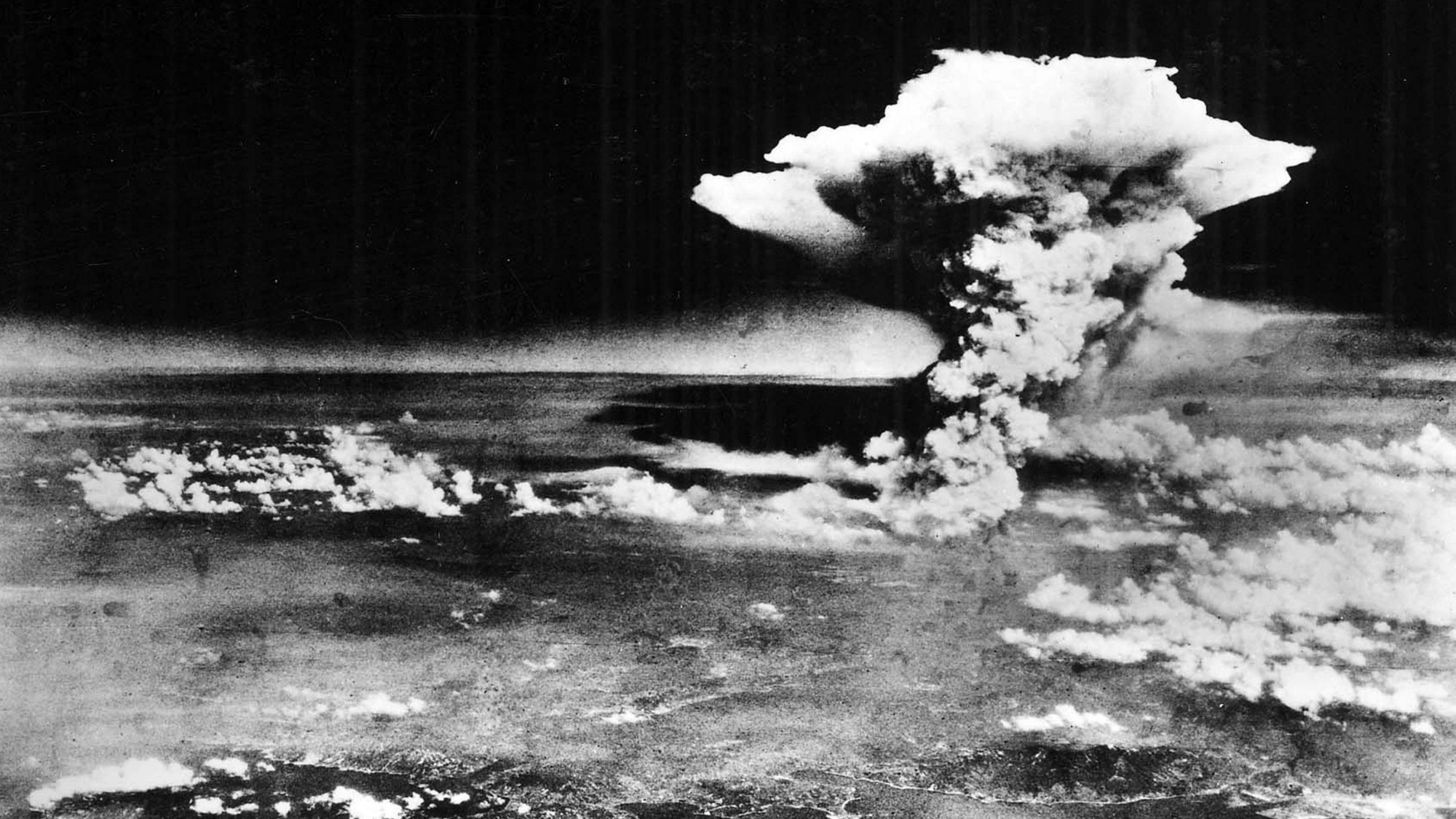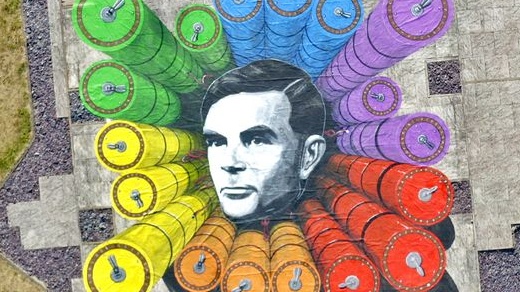Memorabilia reveals Winston Churchill’s eccentric work habits
Documents released to coincide with biopic Darkest Hour show wartime PM like to dictate speeches from bed

Archival documents, testimony and images detailing Sir Winston Churchill’s unconventional working style during the Second World War have been made public, to coincide with the UK release of biopic Darkest Hour.
The film depicts Churchill as a heavy drinker, prone to working in bed, both in the day and at night, often with a glass of Champagne or whiskey and a Cuban cigar to hand.
And it seems that portrayal is fairly accurate. The former prime minister’s private secretary, Elizabeth Layton, who published her memoirs shortly before her 1993 death, recalled Churchill dictating his famous speeches, sometimes until 4.30am, from his bed or while roaming around the room in his red, green and gold dressing gown, says the Daily Mirror.
The Week
Escape your echo chamber. Get the facts behind the news, plus analysis from multiple perspectives.

Sign up for The Week's Free Newsletters
From our morning news briefing to a weekly Good News Newsletter, get the best of The Week delivered directly to your inbox.
From our morning news briefing to a weekly Good News Newsletter, get the best of The Week delivered directly to your inbox.
Layton and other secretaries who worked for Churchill in his wartime HQ - in an underground bunker below London known as the War Rooms - were completely devoted to him, although he was inclined to be impatient and demanding, The Guardian reports. In archived files, Layton recalls: “The negative side was only on the surface. Underneath he was a very caring person.”
Indeed, his staff weren’t afraid to play the odd joke. “In need of a little light relief,” says The Daily Telegraph, “a number of Winston Churchill’s secretaries working in the War Rooms concocted a tongue-in-cheek memo as the prime minister prepared to embark on his second visit to Washington at the height of the Second World War”.
Operation Desperate, typed on official paper marked Top Secret, “demanded that a force commander be urgently dispatched from Britain to the US to obtain supplies of three vital commodities - silk stockings, chocolate and cosmetics”, the newspaper says. The mission was deemed a “complete success” as a member of staff who travelled with Churchill to the US returned home with all three.
A free daily email with the biggest news stories of the day – and the best features from TheWeek.com
-
 Denmark scraps letters and its iconic red postboxes
Denmark scraps letters and its iconic red postboxesUnder the Radar Danish posties say ‘farvel’ to 400 years of tradition but can Royal Mail weather the storm?
-
 What role will Trump play in the battle over Warner Bros. Discovery?
What role will Trump play in the battle over Warner Bros. Discovery?Today’s Big Question Netflix and Paramount fight for the president’s approval
-
 ‘The menu’s other highlights smack of the surreal’
‘The menu’s other highlights smack of the surreal’Instant Opinion Opinion, comment and editorials of the day
-
 How China rewrote the history of its WWII victory
How China rewrote the history of its WWII victoryIn Depth Though the nationalist government led China to victory in 1945, this is largely overlooked in modern Chinese commemorations
-
 America's controversial path to the atomic bomb
America's controversial path to the atomic bombIn Depth The bombing of Hiroshima followed years of escalation by the U.S., but was it necessary?
-
 Argentina lifts veil on its past as a refuge for Nazis
Argentina lifts veil on its past as a refuge for NazisUnder the Radar President Javier Milei publishes documents detailing country's role as post-WW2 'haven' for Nazis, including Josef Mengele and Adolf Eichmann
-
 D-Day: how allies prepared military build-up of astonishing dimensions
D-Day: how allies prepared military build-up of astonishing dimensionsThe Explainer Eighty years ago, the Allies carried out the D-Day landings – a crucial turning point in the Second World War
-
 The battle of Bamber Bridge
The battle of Bamber BridgeIn Depth The new Railway Children film draws on a forgotten wartime episode: a skirmish between black and white US soldiers in Lancashire
-
 Vladimir Putin’s narrative of Russian victimhood examined
Vladimir Putin’s narrative of Russian victimhood examinedfeature Russian president has repeatedly pointed to his country’s history to justify Ukraine invasion
-
 Can you solve GCHQ’s LGBT-themed Alan Turing brain-teaser?
Can you solve GCHQ’s LGBT-themed Alan Turing brain-teaser?Puzzles and Quizzes Spooks release puzzle as £50 note dedicated to the code breaker enters circulation
-
 Windrush activist lists ‘100 great black Britons’
Windrush activist lists ‘100 great black Britons’Speed Read The Black History Month project celebrates individuals who collectively span the past 400 years